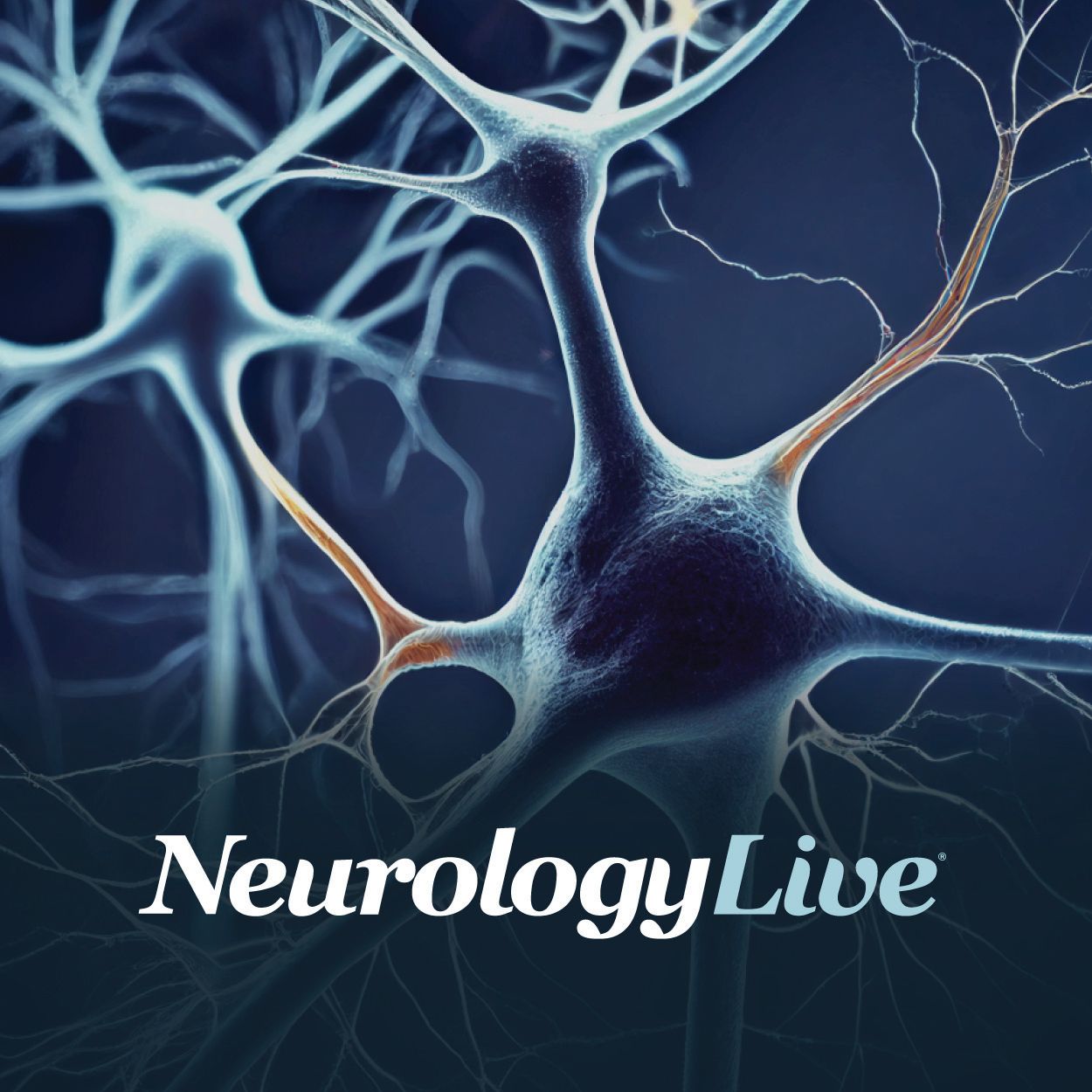News
Article
Valbenazine Safe and Effective for Long-Term Treatment of Tardive Dyskinesia in Elders
Author(s):
Key Takeaways
- Valbenazine demonstrated safety and efficacy in elderly patients with tardive dyskinesia over a two-year period, with significant AIMS score improvements.
- Psychiatric stability was maintained in elderly patients, with minimal changes in PANSS, CDSS, YMRS, and MADRS scores.
Pooled analysis from KINECT-3 and KINECT-4 confirms valbenazine’s long-term safety and efficacy in managing tardive dyskinesia in elderly patients.
Martha Sajatovic, MD

A published paper pooling the KINECT-3 extension (NCT02274558) and KINECT-4 (NCT02405091) studies of valbenazine (Ingrezza; Neurocrine Biosciences) revealed that the therapy was safe and effective for elderly patients with tardive dyskinesia (TD) over a 48-week treatment period. Overall, patients saw improvements in clinician assessments and patient reports, with no impact on psychiatric stability.1
KINECT-3, a double-blind, placebo-controlled trial, supported the 2017 FDA approval of valbenazine as the first VMAT2 inhibitor specifically indicated for the treatment of TD in adults. In this latest pooled analysis, investigators looked at a cohort of 304 patients across both studies, with 18.1% (n = 55) of the cohort considered elderly participants (≥65 years). Of note, participants who had a dose reduction from 80 to 40 mg in either original study were included in the 80-mg dose group for analyses.
The study investigators, which included first author Martha Sajatovic, MD, a professor at Case Western Reserve School of Medicine, used mean change in Abnormal Involuntary Movement Scale (AIMS) total score as a main outcome, among other assessments. Here, the data revealed AIMS total score improvements that exceeded the minimally clinically important difference of –2 points for valbenazine in TD at all time points. Overall, mean changes at weeks 8, 24, and 48 in the elderly subgroup were –4.5 (±0.7; n = 50), –8.6 (±0.9; n = 26), and –8.8 (±0.9; n = 28), respectively.
"These analyses, which are the first to evaluate a VMAT2 inhibitor in patients with TD aged 65 years and older, add to the evidence that suggests valbenazine may be a uniquely appropriate option for managing TD in the elderly age group," the study authors wrote.
By the end of treatment at Week 48, both valbenazine doses showed substantial improvements across age groups: in patients younger than 65 years, mean AIMS score changes were –5.5 (40 mg; n = 46) and –8.3 (80 mg; n = 105), while in patients aged 65 years or older, changes were –6.4 (40 mg; n = 8) and –9.8 (80 mg; n = 20). Among elderly participants, the proportion achieving a ≥30% AIMS response rose from 58.0% at Week 8 to 88.5% at Week 24 and was sustained at 89.3% through Week 48. Similar trends were seen with the stricter at least 50% threshold, increasing from 40.0% at Week 8 to 65.4% at Week 24 and 82.1% at Week 48.

According to the research, score less than or equal to 2 on CGI-TD and PGIC, considered "much improved" or "very much improved" were increased throughout the study. At week 48, 92.9% of elderly participants had a CGI-TD score s less than or equal to 2, which was significantly higher than the 76.5% of younger patients who also met this threshold. While 85.7% of elderly participants at least a score of 2 on PGIC, this difference was not statistically significant relative to the younger subgroup.
READ MORE: Phase 2 Findings Support Further Development of 5-HT1A Receptor Agonist NLX-112 in Parkinson Disease
In terms of safety, the analysis found no difference in incidence of treatment-emergent adverse events (TEAEs) or serious TEAEs between elderly and younger participants on valbanezine. While the study found similar rates of urinary tract infection (elderly: 10.9% and younger: 8.4%) and somnolence (10.9% and 7.2%), a significantly larger group of elderly participants discontinued because of a TEAE (25.5% vs 13.3%; P = .023). Of note, there were 3 deaths during the study, one of which occurred in the elderly subgroup as related to a possible cardiovascular event, but not related to the study treatment.
Psychiatric status remained stable in elderly participants throughout valbenazine treatment, with minimal changes on PANSS, CDSS, YMRS, and MADRS scores, and no emergence or worsening of akathisia (BARS) or parkinsonism (SAS). Mean changes from baseline to Week 48 were minimal across scales, with no significant differences between elderly and younger participants, indicating sustained psychiatric stability.
"Several important limitations should be considered when interpreting the results of this post hoc analysis. The pooled study population, which included fewer elderly adults (n = 55) than younger adults (n = 249), might not be representative of the broader patient population with TD due to inclusion criteria (eg, requirement for stable psychiatric status prior to study entry); therefore, generalizability of the results is limited," the study authors noted.
"Nonetheless, findings from this post hoc analysis provide information about valbenazine treatment in adults with TD who are 65 years and older, a group in which clinical trial data are not publicly available for other TD medications," Satatovic et al concluded.
In April 2017, valbenazine was approved as the first treatment specific for patients with TD. Later that year, a capsule strength form of the medication also gained greenlight.2 The agency further expanded its indication in 2023 to include the treatment of chorea associated with Huntington disease (HD), becoming the only VMAT2 inhibitor approved for the condition.3 Slightly less than a year later, the FDA approved a sprinkle formulation of valbenazine, giving patients 3 dosing options (40 mg, 60 mg, and 80 mg) for the oral granules capsules.4




